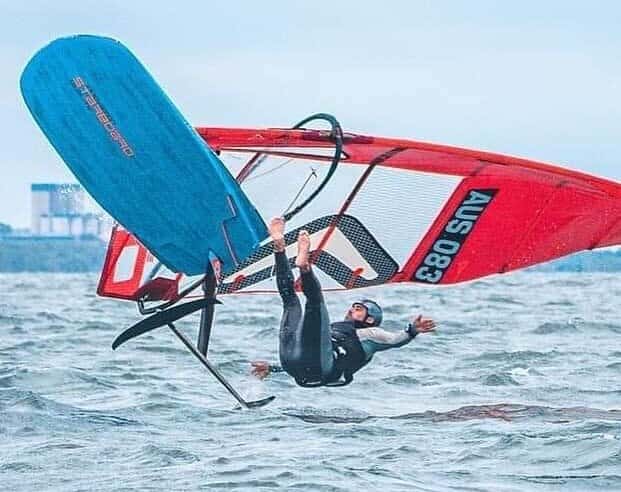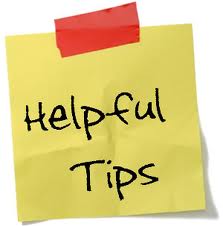Learn to wind foil, persevere … and little guts
We are often asked whether wind foiling and especially learning wind foiling is difficult. There is no clear answer. But compare it to the next one. You can cycle on a normal bike with 2 wheels. Wind foiling can be compared to cycling on a single-cycle. It’s still cycling, but balance make it harder.
That’s the same in wind foils. If your sense of balance is well developed, you will be able to master it more easily. At least don’t expect you to fly away in one x. Even our top players, Jordy Vonk and Dennis Littel really had to learn. Although we have noticed that the younger you are (and especially children) the easier you learn. Anyway that’s with a lot of things :(.

Wavesurfers in favor
On a wind foil you stand a lot of right on your board than on a slalom board eg. Many slalom mers stand on the side and give side-worth pressure on the fin to generate lift. In addition, a slalom surfer hangs a little more backwards. A wave surfer is already much more used to being more on top of the board, with the position also a little further forward than that of a slalom surfer. The chances of a (good) wave surfer foiled in one x road are greater than with a (good) slalom surfer.
A bit scary in the beginning
Sailing away is not exciting. You have to get into planee first (feel a little heavier than with a normal fin). Once in the foot straps, it’s a matter of lifting your front foot up slightly to send your board into the air. And yes, it starts. The first times, you don’t know what’s happening to you. It feels wobbly and there is a chance that you will keep going up. Usually the first time ends quickly in the water.
Most get a little bit of a hang of it after a few flight attempts. It’s a matter of finding the right balance and attitude on board. The rise and descent of your board send you to an important extent by leaning forward or to eights.
Once you’ve found the balance, you’ll soon notice that, for your feelings, you’re going to make a lot of speed. Speed you don’t have any real control over yet, let alone your board. And this at an altitude of about 1 meter is pretty scary. This is a matter of doing a lot and focusing on what the effect of every movement you make when you’re on the board. Everything is much more sensitive than in normal windsurfing. Your own attitude (including the place where you put pressure), the state of your sail, the pressure in your sail (and where the pressure is).
Jibes can be done in different ways
Tacking is easy. Jibes is a different story. This can be done in 3 ways. The easiest way is planing jibes (so you don’t fly anymore). The second way is to use the jibe, where at the end of the jibe your board just hits the water to quickly foil after the jibe. The 3rd most challenging is to do the whole jibe. Way 2 and 3 is scary at first. Here too: practice gives birth to art.

Practical tips learning wind foiling
Due to damage and shame, we have become a little wiser when it comes to wind foiling and in particular how to learn this best or easiest. Below are some tips we have for you;
- Be sure the water is deep enough. Getting stuck during wind foils is disastrous for board, foil and yourself
- Start with a breeze between 12 and 16 knots (4 bft), preferably when the wind is constant
- Start with a small and light sail. With 12 to 16 knots you can already foil with a 6.5m2, see also material guide
- Try not to water start! The wind foil protrudes to the sides of your board and you can painfully bump into your feet/legs
- Also keep getting away from your board and make sure you step off on time (where it’s still deep enough)
- Opt for a wide board, at least 80 centimeters. This does depend on the type of foil, see material guide
- Mastfoot about 2-3 centimeters more forward compared to the position of normal windsurfing
- Boom 1 to 2 centimeters lower than normal windsurfing
- Place rear foot straps a little more inside (if possible)
- Many people make it feel safer when they foil with a helmet and impact vest


